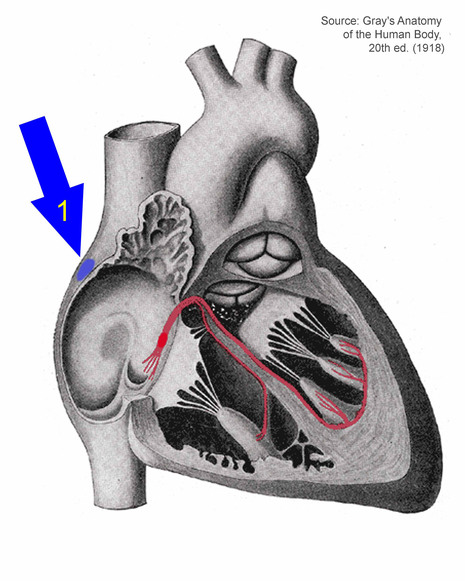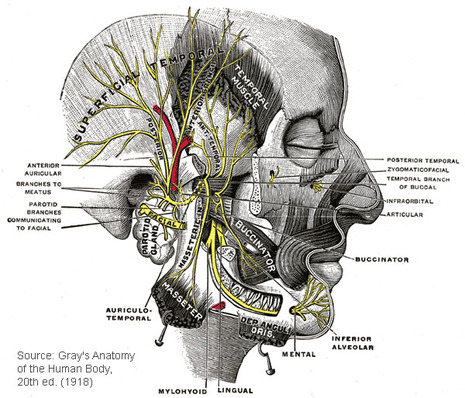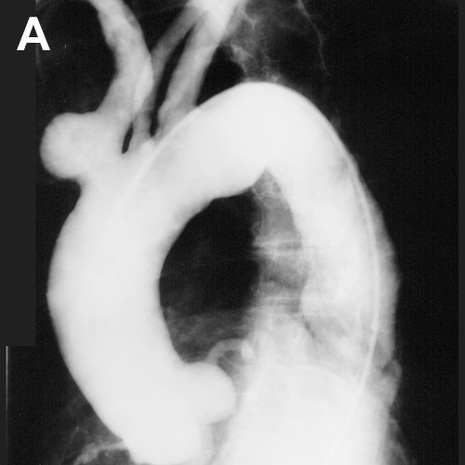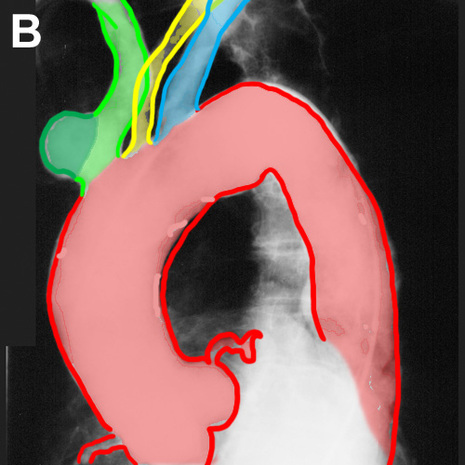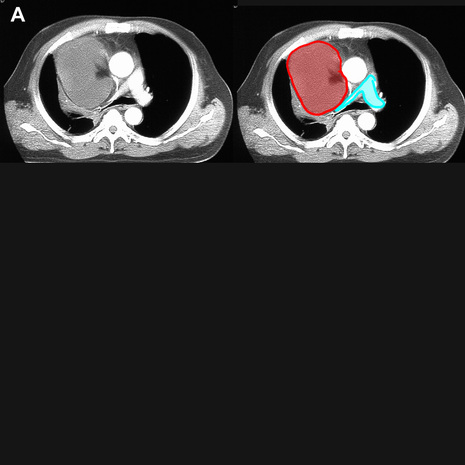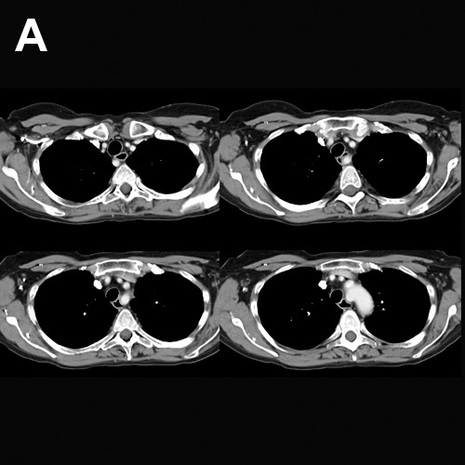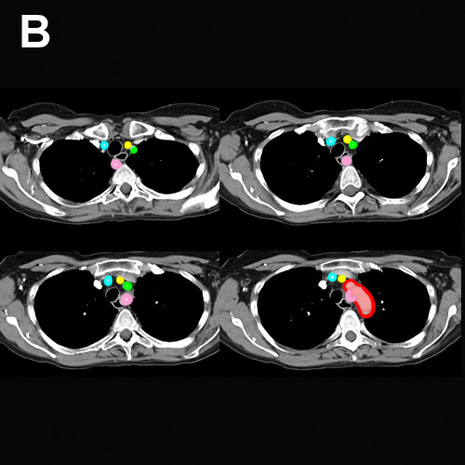Barium enema
Sigmoidoscopy before a barium enema remains good practice, but not essential
Bowel preparation:
Browns dietary restriction, overhydration, and osmotic purgation
Double contrast barium enema (DCBE)
3 stages
1. Filling with barium
a. IV smooth muscle relexant – 20mg Buscopan or 0.5 – 1mg of glucagon
b. Barium introduced while patient is prone until the barium column enters the transverse colon
2. Gas insufflation
a. Ideally CO2
b. Bring the patient into the head up position and drain the barium
c. Rotate the patient to the right side – to open the hepatic flexure- the hepatic flexure is dependent and fills with barium
d. The head of the table is then tilted to trap the barium in the ascending colon, and the patient is prone to fill the dependent cecum
3. Radiography
Interpretation:
1. Surface pattern recognition: Barium interacts with the mucosa to form a 0.2mm coating adherent to the mucosa – thickness is usually smooth and even.
a. Normal varients
i. Innominate groove pattern – fine transverse grooves are just visible
ii. Lymphoid nodular hyperplasia.
1. Follicles are 1-3mm in diameter, submucosal – with minimal elevation and have no meniscus
2. Prominent lymphoid follicles in a child. Note the umbilication of some follicles
b. Early Crohns disease
i. Lymphoid hyperplasia has been reported
ii. Viral and bacterial infections
c. Familial adenomatous polyposis
d. Depressed markings –
i. erosion-which creates a granular pattern
ii. Ulcers are deeper and filled with barium –so a small projection is seen tangentially outside the mucosal line
e. Elevated markings
2. Lines
a. Barium coating is 0.2mm thick – outling the luminal edge
b. Normal lines: haustra and flexures
c. Abnormal lines: diverticula, along the stalks of pedunculated polyps, elevated lesions
3. Barium pools
a. Ring shadow is due to: Polyp, Diverticulum, Faecal residue, Air bubble, Food particle, or Oil droplet
i. Polyps form a Hat Sign – Hat sign in an 8mm polyp formed from a meniscus around its base with a thin coating of barium over the surface of the polyp
Causes of error:
1. Perceptive, technical or both
2. Double reading
